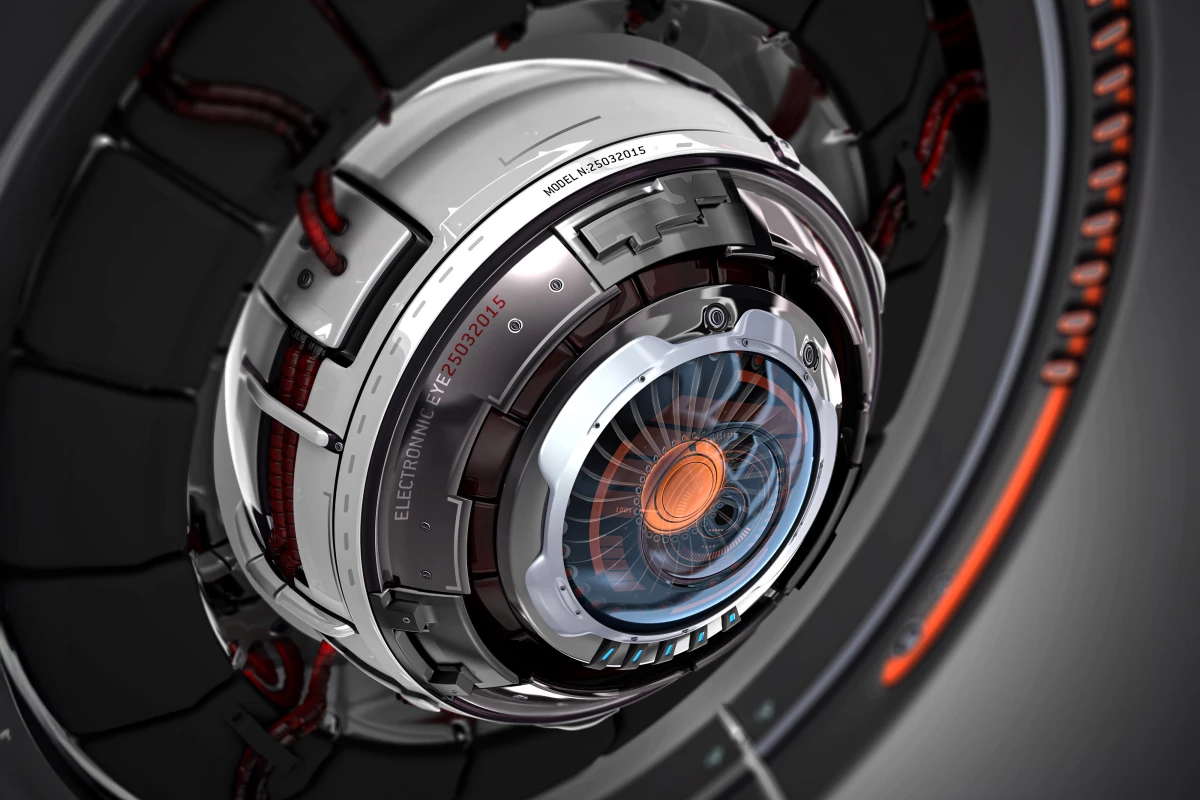Self-driving cars are dependent on sophisticated sensors backed by lots of computing power. A research effort led by China's Tsinghua University is cutting down on computing requirements with a tracking system that only requires a single pixel to do the job.
When things like autonomous cars and intelligent security systems were first thought of, the computer vision systems needed to support them seemed a simple matter. Hook up a camera to a processor, slap together a few algorithms to make it go, and Bob's your uncle. After all, humans handle image processing without any effort with nothing but a bio-camera and some wetware. How hard can it be?
It turns out, extremely hard. The human eye may be optically simpler (though not all that simple), but the processing behind it is mind-bogglingly complex. Add in how humans use this information and react to it by pure reflex and emulating this ability turns out to be a near-impossible task.
The Tsinghua team's advance involves developing a 3D method to track fast-moving objects at unprecedented speeds while also reducing the computing requirements. The clever bit is doing this not with a complete image, but by relying on a single pixel.

"Our approach does not require reconstructing the object's image to calculate its position, which significantly reduces data storage and computational costs," said research team leader Zihan Geng. "Specifically, acquiring a 3D coordinate requires only six bytes of storage space and 2.4 [microseconds] of computation time. By reducing computational costs and improving efficiency, it could lower the cost of equipment needed for high-speed tracking, making the technology more accessible and enabling new applications."
According to the team, with a single detector their technique can track an object 200 times faster than traditional video-based methods, without any prior information and with minimal computing power. It does this by projecting geometric light patterns on the object and measuring the intensity of a single pixel. Using some painfully complex mathematics, the object's position and trajectory can be calculated.
Initially, the team relied on simulations, but soon moved on to using a laser and a digital micro-mirror device (DMD) to illuminate a metal sphere moving down a curved spiral wire. The information in one pixel allowed the system to make the necessary calculations.
So far, the technique is being used to track a single object, the next step will be to move on to multiple objects.
"This technology could enhance the perception abilities of technologies like self-driving cars, improve security surveillance systems and offer more efficient monitoring and quality control for industrial inspection," said Geng. "Additionally, this high-speed localization technique can be used in scientific research, such as insect flight trajectory studies."
The research was published in Optics Letters.
Source: Optica






